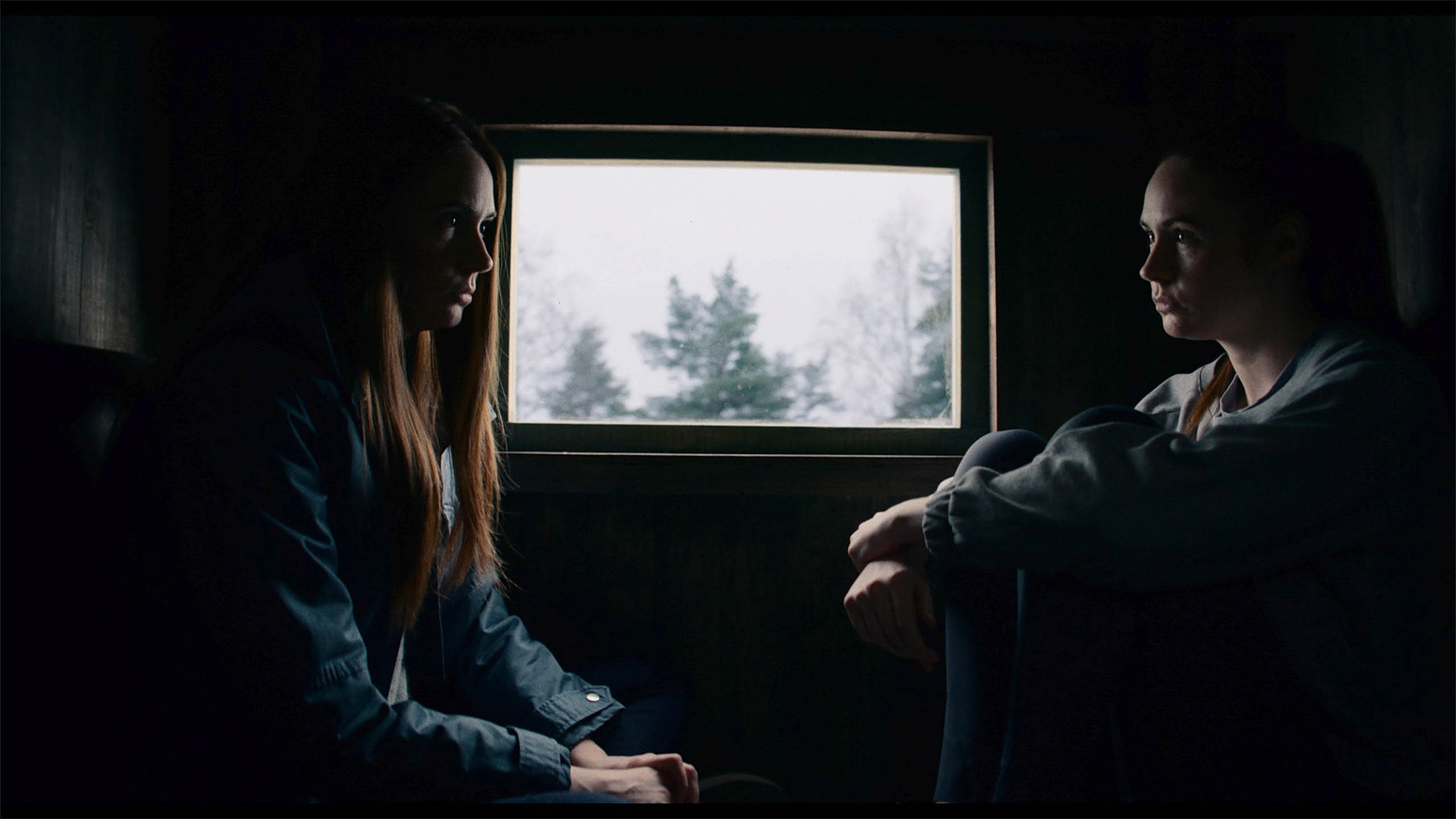‘Judas and the Black Messiah’
★★★★
Appearing in the Premieres program of the 2021 Sundance Film Festival. Can be streamed through the festival digital portal on Wednesday, February 3. Opens in theaters nationwide and streams on HBO Max starting Friday, February 12. Rated R for violence and pervasive language. Running time: 126 minutes.
——
History may be written by the winners, but movies about historical events — like the incendiary drama “Judas and the Black Messiah” — are an indication that the battle for hearts and minds is never over.
Director Shaka King takes a passage from recent history, chronicling a span from 1968 to 1969, recounting the career and assassination of Fred Hampton (Daniel Kaluuya), chairman of the Illinois chapter of the Black Panther Party. It’s also, as the title suggests, a morality play, with a party member, William O’Neal (LaKeith Stanfield), turned by the FBI into Hampton’s betrayer.
As with Jesus, the title “black Messiah” isn’t one Hampton chose — it’s only used by the one undeniable villain in the piece, FBI director J. Edgar Hoover (Martin Sheen). So-called radicals like the Black Panthers — who practiced socialism and community building, as well as keeping plenty of firearms at the ready — were, in Hoover’s view, the biggest threat to (white) America’s way of life.
An ambitious young FBI agent, Roy Mitchell (Jesse Plemons), finds O’Neal facing an auto-theft charge — using a fake FBI badge to make the theft easier because “a badge is scarier than a gun.” Mitchell tells O’Neal he can avoid prison time if he infiltrates the Black Panther Party and brings back information to bring down Hampton.
O’Neal quickly works his way into the Illinois Black Panther Party, and gets a job as Hampton’s driver, using a car provided by the FBI. This gives O’Neal a front-row seat as Hampton tries to unite gangs in Chicago’s diverse neighborhoods — Blacks, Puerto Ricans and Confederate flag-flying whites — against the “pigs,” police both from Chicago and Hoover’s bureau.
King, co-writing with Will Berson (with story credit to brothers Keith and Kenneth Lucas), gives us two sides of Hampton’s life. One is the public face, the fiery orator who tells followers the Panthers’ most powerful weapon is the people. The other is his private side, shown in his romance with Deborah Johnson (tenderly played by Dominique Fishback), a poet who helps Hampton perfect his rhetoric and reach more people.
King packs a lot into his movie — history, allegory, romance, suspense — and does so with an adrenaline-pumping pace, cinematographer Sean Bobbitt’s strong visuals and a production and costume design that bring the swinging ‘60s to life.
King structures this history like a Passion Play, with Hampton as Christ, O’Neal as Judas taking his silver, and Hoover’s boys as the Pharisees. There’s also a Last Supper, and a moment where O’Neal denies his connection to Hampton. And, as with some interpretations of Jesus’ crucifixion (“Jesus Christ Superstar” comes to mind), much of the drama comes from O’Neal’s torn feelings over what he’s doing — supporting the aims of Hampton’s cause, but corrupted into actions that will lead to a martyr’s death.
For this to work, both sides of the duo must be at their sharpest, and Kaluuya and Stanfield are. Kaluuya produces some forceful oratory, and he’s soulful and introspective in the quiet moments where Hampton contemplates the sacrifice he’s making for the cause. Stanfield gives an equally dynamic performance, as O’Neal tries to justify his betrayal and make peace with his guilt. Together, they make “Judas and the Black Messiah” one of the most intense movies you’ll see this year.









